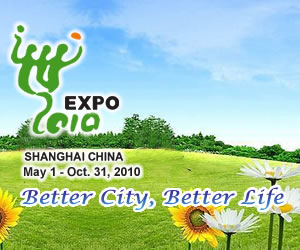Discover the Yangtze River Delta
|
|
|
A performer sitting inside an archaic style boat entertains the excursionists with Suzhou Pingtan, a typical folklore art form of ballad-singing and story-telling, inside the Liuyuan Garden of Suzhou, east China's Jiangsu Province, April 5, 2010. [Xinhua/Wang Jiankang] |
Day 3: Suzhou
It takes about two hours to drive to Suzhou from Hangzhou. Dotted with exquisite private gardens, the city is famous for its gardens, such as the well preserved Zhuozhengyuan (The Humble Administrator's Garden), Liuyuan (Lingering Garden) and Wangshiyuan (Master of Nets Garden) dating back to the Ming and Qing dynasties (1368-1911).
Pavilions, gazebos, lakes and rockeries illustrate the art of simplicity, delicacy and poetic views, just like a piece of Chinese painting. Apart from the ancient gardens in Suzhou, Shantang Jie and Pingjiang Jie are both also fine examples of history with several buildings completely restored.
Dating back to the Tang Dynasty (618-907), Shantang Jie was once very prosperous, with a vast array of shops. Nowadays, old bridges remain across the Shantang River with lanterns brightening houses at night and narrow alleys full of shops touting their wares leading to the water.
As the last work of famous master of modern architecture I. M. Pei, the New Suzhou Museum is an innovative landmark in the city combining Chinese architecture with the future. Designed in Suzhou garden style, the building takes the simple geometric form of modern art. Standing adjacent to the classic Zhongwangfu and Shilin (Lion Forest Garden), New Suzhou Museum contains some very important excavated artifacts, Ming and Qing dynasty paintings and calligraphy and ancient arts and crafts.
For a taste of original Suzhou art, Suzhou Pingtan, story telling and ballad singing in Suzhou dialect, is a must see and at Liuyuan, impromptu performances take place during much of the day and night.
Day 4: Riverside towns
A choice of two small towns along the river close to Suzhou is a great option for a final day of travel. Both known as shuixiang (riverside towns) Zhouzhuang and Tongli are typical examples with arched bridges, cobblestone alleyways and beautiful stillness. Located along the bank of Taihu Lake, Tongli's history dates back to the early Tang Dynasty and the town received its name for its prosperity. As one of the best-reserved ancient towns in China and World Heritage listed, Tongli is famous for its 49 ancient bridges, ancient architecture and successful business people. Zhouzhuang has similar characteristics and is most well known for its bridges, making it the perfect stop for photographers.
Getting there
Shanghai - Shanghai-Hangzhou Expressway - Hangzhou City Ring Expressway (Xiaoshan Exit) - Suzhou-Jiaxing-Hangzhou Expressway (Suzhou Exit) - Shanghai-Ningbo Expressway - Shanghai
 0
0 









Go to Forum >>0 Comments